Death from hypothermia: what happens to the human body at low temperatures
Categories: Health and Medicine | Life hacks | Society | World
By Pictolic https://pictolic.com/article/death-from-hypothermia-what-happens-to-the-human-body-at-low-temperatures.htmlWe all know that walking in extreme cold is dangerous, but few people know what happens to the human body at these moments.
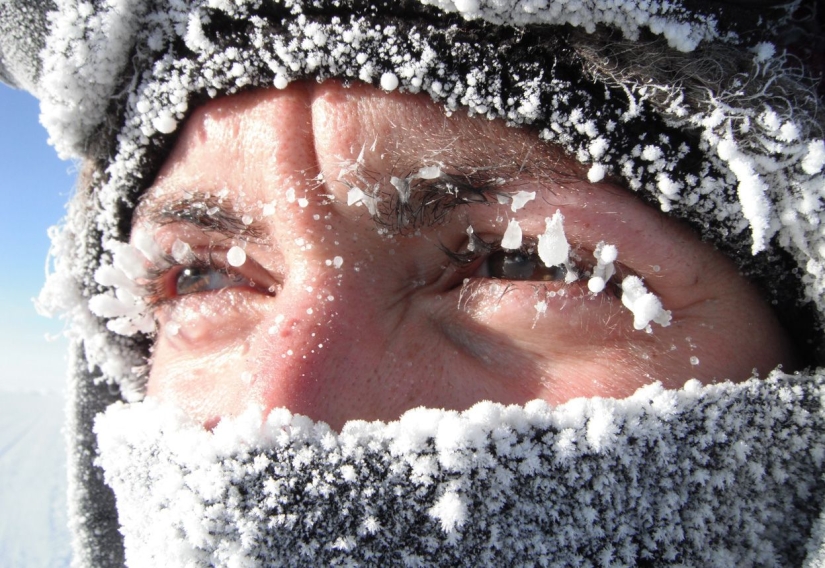
Imagine yourself on a frosty winter evening in the car in the middle of endless snow-covered expanses somewhere in Siberia. You have decided to get from one locality to another. It's only a few tens of kilometers to go, and soon you will have a meeting with friends. But suddenly — a sharp turn, the car skids, and now she is already lying on her side in a snowdrift. You got out unharmed, but it's 35 on the street, and there's no one around. Even if you know the way, it will take you a long time to get through such a cold. At first you are slightly hot, but after 15-20 minutes the temperature returns to normal 36.6, and then continues to fall by about a degree in 30-40 minutes. That's what will happen to your body next.
36.6 - 35 degrees
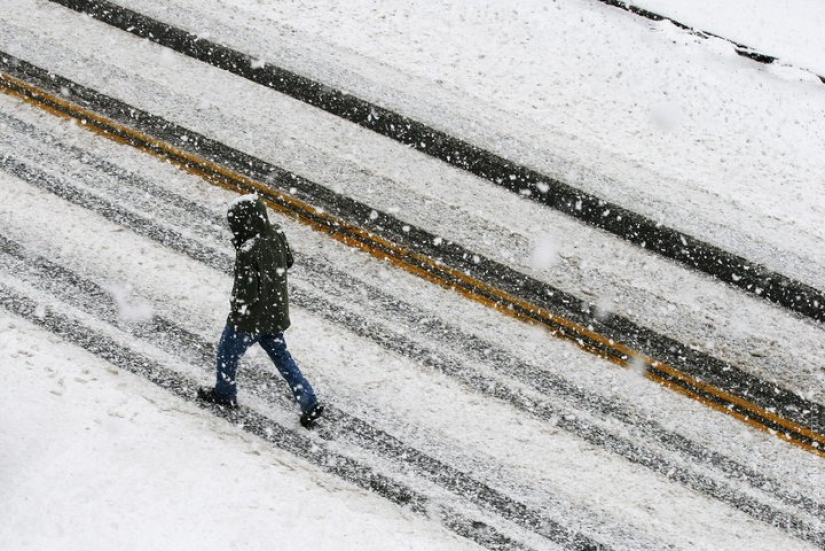
When the body temperature reaches 36 degrees, the muscles around your neck and your shoulders will begin to contract — this is called pre-convulsive muscle tone. Your receptors send a signal to the hypothalamus, which, in turn, gives the command to narrow the entire network of capillaries on the surface of your body. Legs and arms therefore begin to ache from the cold. After 45 minutes, the temperature drops to 35 — you enter the zone of mild hypothermia. You are already shaking quite a lot — a natural reaction of the muscles, which begin to contract harder and more often to give the body more warmth.
35 - 32 degrees
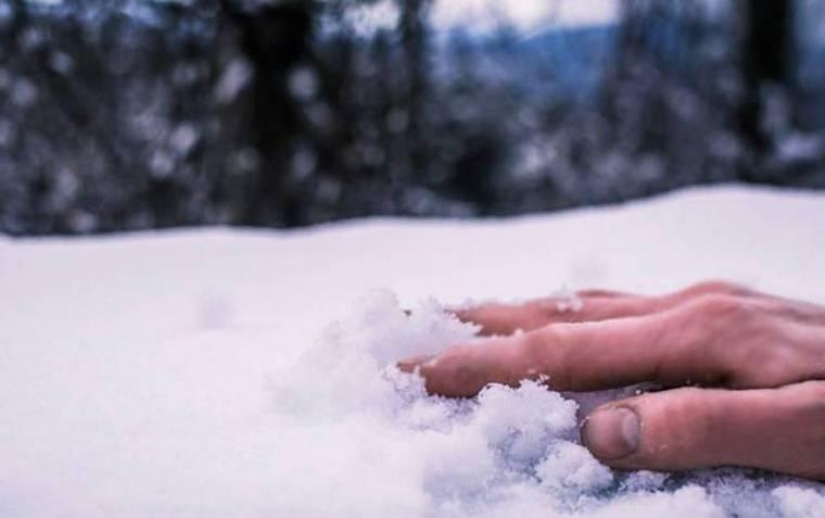
An hour passed. You have not yet been enveloped in panic fear, but the cold is already causing the enzymes in your brain to work less efficiently. With each degree by which the body temperature drops after 35, the metabolic rate in the body drops by 3-5%. After the mark of 34 degrees, you begin to gradually lose your memory and sanity. Looking at the clock, after half a minute you may not remember the numbers. It is unlikely that you will be able to walk any more significant distance. You fall into a snowdrift and throw your head back. The heat from your body continues to leave. Below 33 degrees comes a state of apathy, at 32 — stupor.
32 - 30.5 degrees
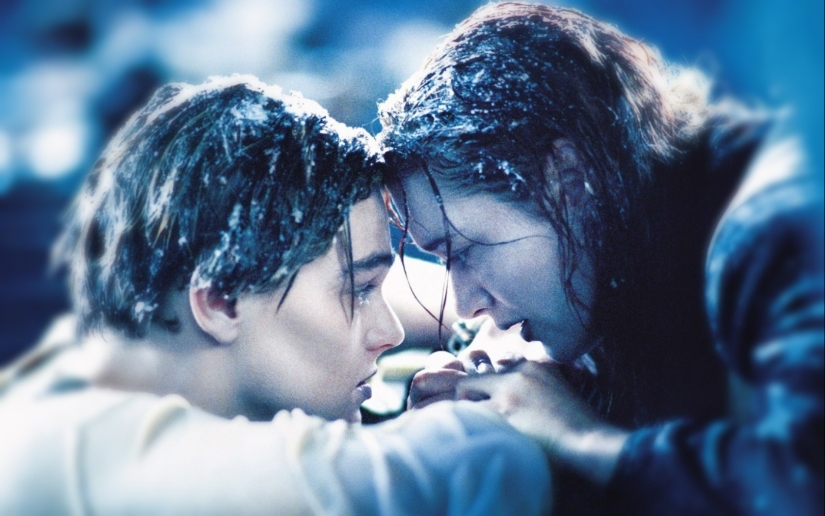 That's it, you are in the zone of extreme hypothermia. At 31 degrees, your body gives up trying to warm itself with shivering. Blood thickens like oil in a frozen engine, oxygen consumption - an indicator of your metabolism - drops by more than a quarter. The kidneys, meanwhile, are working non-stop to cope with the excess fluid that is squeezed out by the narrowed vessels in your extremities. Somewhere between 31 and 30 degrees, you lose the ability to recognize the face of a loved one who will suddenly come to your aid.
That's it, you are in the zone of extreme hypothermia. At 31 degrees, your body gives up trying to warm itself with shivering. Blood thickens like oil in a frozen engine, oxygen consumption - an indicator of your metabolism - drops by more than a quarter. The kidneys, meanwhile, are working non-stop to cope with the excess fluid that is squeezed out by the narrowed vessels in your extremities. Somewhere between 31 and 30 degrees, you lose the ability to recognize the face of a loved one who will suddenly come to your aid.
30.5 - 29.5 degrees
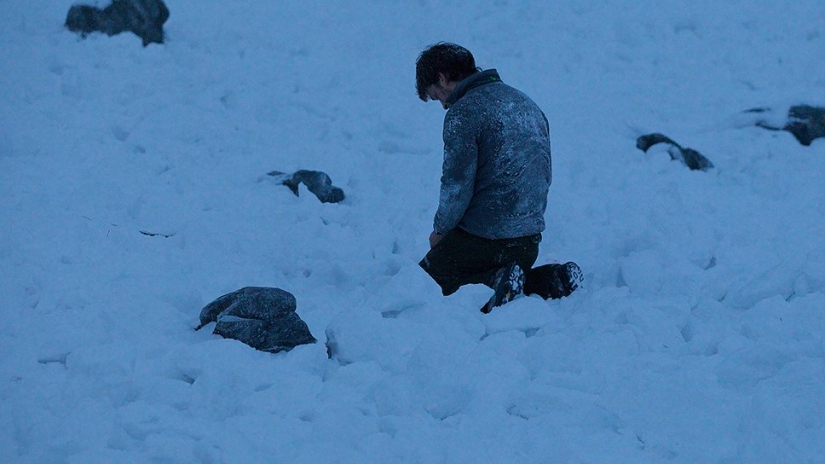
The temperature dropped to 30. On the thermometers that are in the apartments of most of us, there is even no such division on the scale. In this state, the electrical impulses that send the cooled nerve endings to your heart become arrhythmic. The heart itself pumps about two-thirds of the usual volume of blood. Lack of oxygen and a slow metabolism, meanwhile, can cause visual and auditory hallucinations. At about 29.5 degrees, death from hypothermia occurs. Moreover, in a painful attack, people often try to take off their clothes. Because of this phenomenon called "paradoxical undressing", those who freeze in cities are often confused with victims of sexual violence.There is no exact explanation for this phenomenon, but the most logical explanation is that right before the loss of consciousness, the narrowed vessels at the surface of the body suddenly expand and create a sharp influx of heat to the skin, and the person seems to start burning.
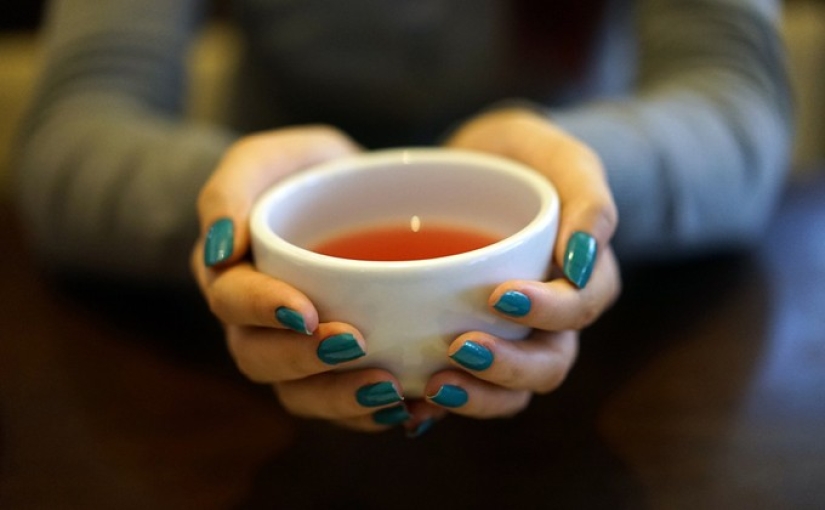
In fact, every year many victims of hypothermia die from "overheating shock" during the rescue process, when the narrowed capillaries expand all at once at one moment, thus causing a sharp jump in pressure. Even the slightest movement can cause a severe spasm of ventricular fibrillation in the heart muscle of a severely hypothermic person. In 1980, 16 Danish fishermen were rescued after a boat wreck and an hour and a half in the icy waters of the North Sea. After descending from the rescue ship, they went into the establishment to drink hot drinks, and immediately died. All 16 people.
At extremely low temperatures, the human body is preserved, as it were, greatly slowing down internal processes. Many people found supercooled seem to have died only at first glance. The body can exist in this state for hours, and it should be removed from it very carefully and gradually.
Last year, it was for this reason that more than 20 Americans died, and hundreds more people were seriously injured in the USA and Siberia.
Keywords: Frost | Death | Temperature | Cold | Man
Post News ArticleRecent articles

Most of us loved as kids magic tricks, but someone loves them right now. However, the attitude to the hoax became a few others ...

Everything is changing. This is well and has long been known to everyone. But when something stays with you for a long time, it is ...
Related articles

Millions of people around the world buy lottery tickets in the hope of winning a happy life. They dream of luxury cars, luxury ...

In the 90s, The Viper Room nightclub was a favorite place of entertainment for many stars. In 1993, it was created by Johnny Depp ...

Well-known personalities often led a peripatetic lifestyle, so most of the time spend on the road. Live they have at hotels far ...

Compared to the 1970-ies 1980‑e years were a time of cautious optimism in new York. Boom on wall street fueled the speculative ...